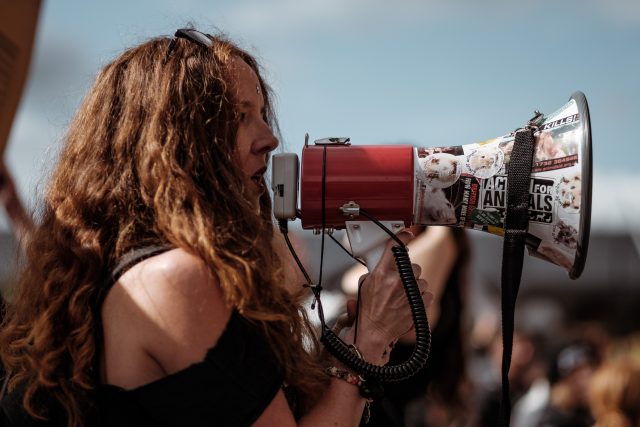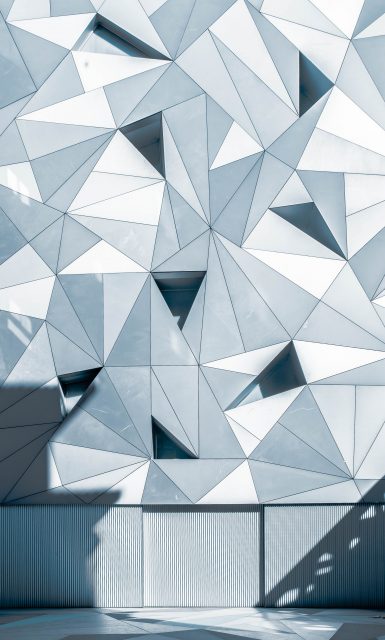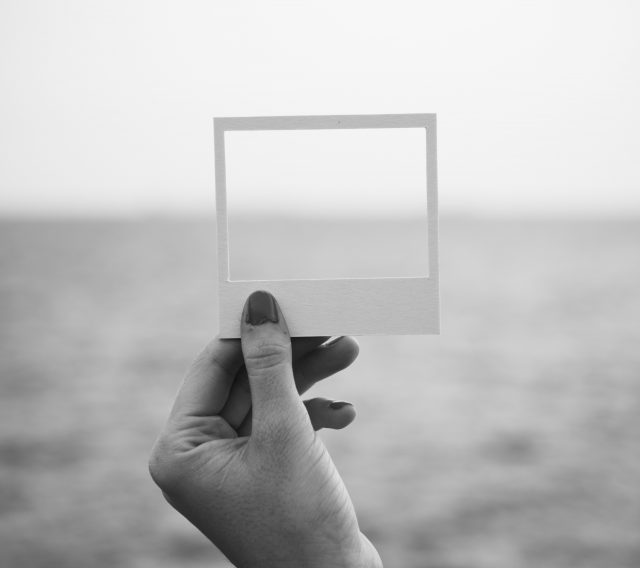For anyone reading this who is serious about the craft of photography — no matter if you’re a professional or a hobbyist — it’s likely that among your chief goals is to improve over time. It doesn’t make any difference if you’re into macro photography, underwater photography or portrait photography, you want to see consistent growth in your work.
One way to gauge the quality of your work in finished form is to follow a few self-critiquing guidelines. But there’s a way to gain some valuable insights on your photography before you ever press the shutter.
If you want your photography to improve, ask yourself these five questions prior to taking a shot.
1. Why Am I Taking This Shot?
It probably sounds like a question not worth answering. Obviously, it’s because the sunset is brilliant or the flowers or beautiful or the car is a classic. How much more of a reason do you need to make a photo?
Well, you don’t need a particular reason. You’re absolutely allowed to shoot whatever you want whenever you want for no reason at all. But if you are at all interested in becoming a thoughtful photographer, then you should ask yourself why you’re about to press the shutter.
What’s going to happen to those shots once you take them? Will you share them or will you hoard them away on your hard drive?
Does the subject have some personal meaning for you? Does it have a narrative or expository value?
While I always stress the importance of having fun I also say that, more often than not, you should have a reason for shooting what you shoot.

2. What Am I Trying To Communicate?
This question follows naturally from the one above. If you’ve got a reason for taking a shot in the first place, you’re probably trying to communicate an idea or emotion.
This can be tricky to do with a single, one-dimensional photo, but the more thought you put into what you’re shooting and why you’re shooting it, the more likely you are to successfully communicate the intended concept.
For example, if you want to convey to viewers the oppressive heat of a summer day in the city, a photo of a classic ice cream truck isn’t enough. No matter how much you adore the vintage vibe (perhaps your initial reason for photographing it), you need a supporting cast to tell a story.
Wait for customers — dressed in shorts and sandals, skin shimmering from the heat and humidity — to line up at the ice cream truck and select their cool treats.
You now have all the elements you need to communicate something meaningful.

3. Is This The Best Angle?
The first angle is almost never the best angle. Of course, “best” is subjective but it’s to your advantage to spend some time looking for an angle that truly flatters your subject.
The angle you choose may be dependent upon the geometrical features of the subject, how well your subject is lit on any given side, where the shadows are falling or whether there are potential distractions in the scene.
Taking the time to work the angles will almost always lead to a better photo.

4. Should I Shoot This At A Different Time Of Day?
As light varies in quality and quantity over the course of a day, it can have a dramatic impact on anything or anyone you photograph.
This is why you hear so many photographers talk about the golden hour or the blue hour — times of the day when the light is considered to be at its most beautiful, particularly in terms of softness and color temperature.
If you’ve ever taken a photo at midday and felt the result was somehow flat and uninspiring, good composition notwithstanding, return to the same location and shoot the same subject later in the day/early evening.
You will get a dramatically different result and learn important lessons about the nature of light.

5. Are There Distractions In The Frame?
Remind yourself to check the viewfinder for anything that might draw attention away from the main point of interest. If you’re in the habit of quickly snapping a shot and then moving on to the next scene, you may be making more work for yourself.
Don’t rely on post-processing to remove distracting objects — it can’t always be done that way and, if it can, there’s a good chance it’s going to be time-consuming.
Always check your frame for distractions. It’s often much easier and time effective to recompose a shot so as to remove distractions than to have to deal with them in post.

Final Thoughts
These are foundational questions that are meant to keep you aware of what you’re doing — and what you intend to do — each time you raise your camera to your eye.
Beyond the basic elements such as exposure and composition, asking yourself the questions above (and other questions that are a natural extension of them) will help you improve your image making by generally allowing you to reflect on your craft while engaging in your craft.
Further Reading




